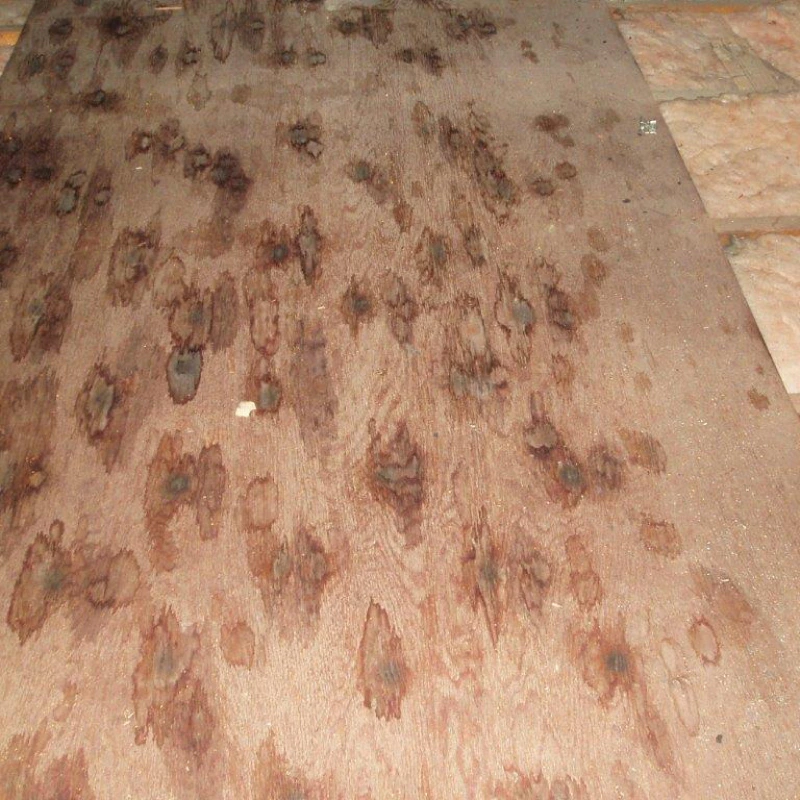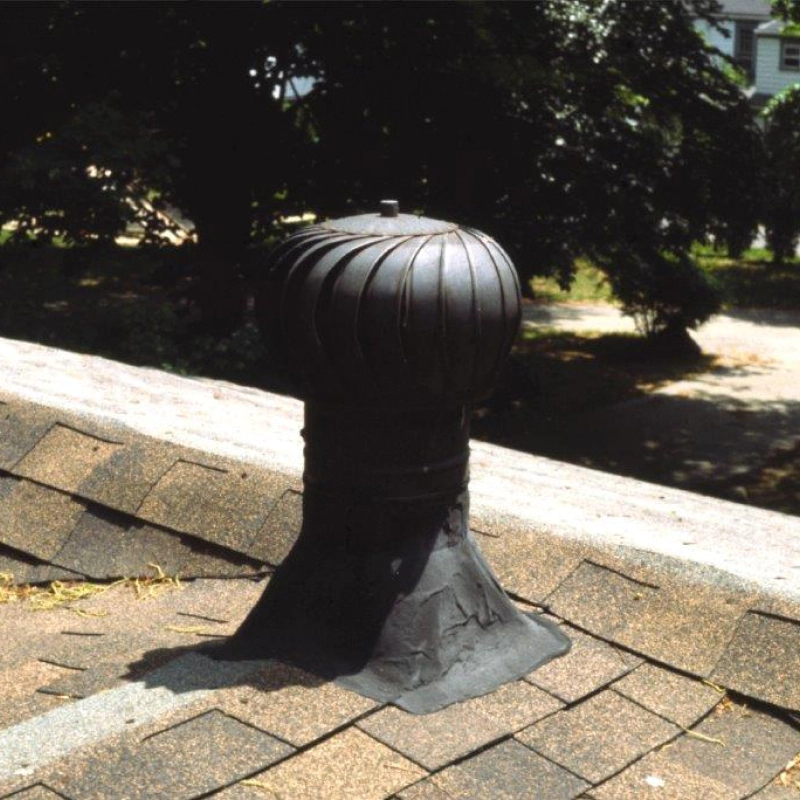Experienced Inspection Service at Your Fingertips
Insulation/Ventilation
For most consumers, this meant an escalation in the cost of energy needed to run their homes. A nationwide effort to conserve energy was put into gear. This included government subsidies for energy-saving products and alterations to our homes. The mass media bombarded us with the need to tighten up our homes and conserve. Many new and some older products were advertised and marketed to this end. Some worked, and many did not. The goal was to keep our homes tighter so that less energy was lost from air infiltration; this resulted in more of the heated air becoming somewhat stagnant inside the living environment.
Other changes in building construction added to the inability of our homes to breathe properly. Prior to late 1950.s and early 1960.s, our homes were built using individual board sheathing. Plywood sheathing started to become widely used in new construction in late 1960.s. Instead of individual boards that had a lot of open spaces between them, plywood 4. x 8. sheets were used. This cut down on the amount of air infiltration, which aided in making our homes tighter. However, if a home cannot breathe and expel moisture, problems will occur.
Condensation
Condensation will occur when warm, moisture-laden air comes into contact with a cold surface. A dramatic example of this phenomenon is when we place a glass of cold liquid outdoors during a hot humid summer day. Condensation will form on the outside of the glass. This same phenomenon can occur within the wall and ceiling cavities of our homes, although not visible to the eye. If this condition is allowed to continue, severe structural damage may occur in the form of decay. This condition also promotes the growth of fungus and mold
The primary movement of moisture in a home is through natural movement from the basement, up through the home, and out through the attic louvers. This is why proper attic ventilation and proper vapor barriers are so important today.
There are many factors that can contribute to excessive moisture, some obvious and some not so obvious. One of the major sources is a wet or damp basement or crawl space. Improper grading around the base of the foundation on the exterior directs stormwater toward the house. Not extending the rain leaders away from the foundation also adds to the moisture in a home. According to the Small Homes Council at the University of Illinois: washing a 150 square foot Kitchen floor can release about 4 and 1/2 pints of water; a shower about ¬? pint; washing Dinner dishes about ¬? pint; and a family of four gives off about ¬? pint of water per hour simply by breathing. (Have you ever camped in a tent overnight and in the morning found the inside of the tent covered with water?).
We start to correct the problem by reducing the amount of moisture that enters the home. Improve the grading around the base of the exterior foundation, by adding soil so all grades pitch away from the home for at least 6 feet. (Do not have any wood material come into contact with the soil as that can cause additional problems). Extend the rain leaders as far away from the foundation as practical. Keep your rain gutters clean and free-flowing so they do not overflow. Install plastic sheeting over any dirt crawl or basement floors, keeping the joints as tight as possible (tape the joints and seal against the foundation). All clothes dryer vents must terminate to the exterior of the home. Install timer switches on bathroom exhaust fans, most go off when you turn the light off. The use of humidifiers is not recommended, as most homes in the northeast do not need additional humidification and if the humidifier is not properly maintained other health problems can occur. The proper use of insulation, vapor barriers, and insulation on the attic floor is probably the best remedy for controlling trapped moisture in a home. There should be a single vapor barrier installed against the heated surface of the floor of the attic. Most insulation comes with a vapor barrier attached to one face. If adding additional insulation over existing insulation, use unfaced insulation (with no vapor barrier). Be sure there is only a single vapor barrier.
Ventilation
Ventilation is the key factor in controlling moisture. According to The Small Homes Council at the University of Illinois, if we have 1500 square feet of ceiling area below the attic and a vapor barrier has been used, we should have 1 square foot of free ventilation area for every 300 square feet. The BOCA (Building Officials Conference of America) Building Code requires 1 square foot for every 300 square feet of space. If insect screening is used you must double the ventilation area (screening is needed to keep insects out). If you have screening and louvers (louvers keep the rain out), the ventilation area must be tripled. using the most stringent of the requirements, an example of these requirements is outlined below.
Example:
- 1500 s.f. of ceiling area below the attic /300 = 5 s.f. of free ventilation area required.
- Add insect screening x 2 = 10 s.f. of ventilation is required.
- Add screening and louvers x 3 = 15 s.f. of ventilation are required.
Most of our older homes simply have gable end louvers and screening, they each would have to be 7.5s.f. in size, or a space equal to 3’x’2’6”. There are many types of roof configurations and different ventilating systems that can be employed. Generally speaking, the most effective ventilation would have intake vents at the low end of a slope and exhaust vents at the high end of a slope. We have inspected over 25,000 homes and rarely see this recommended amount of ventilation installed. As you can see, many times what we find in textbooks is not the real world. Yet this lack of the recommended ventilation area does not cause a problem in most homes.
Insulation
Insulation; ventilation and vapor barriers go hand-in-hand; one without the other can cause problems. We must first have a vapor barrier that separates the heated space from the unheated space. The purpose of the vapor barrier is to prevent excessive moisture from escaping into the wall cavities and condensing. For the proper amount of insulation, see the U.S. Department of Energy recommendation. We measure the effectiveness of insulation in R-values. Different insulating materials have different R-values. The R-value is the resistance insulation has to allow heat to escape. Insulation must be placed between all heated and unheated spaces to be completely effective. (See University of Illinois, Small Homes Research Council, figure #2)
Heated air contains more moisture than colder air and heated air is naturally drawn to colder surfaces. As a result of this warmer moisture-laden air being retained in the living environment, we started to experience condensation problems due to the tightness of our homes. These problems occur primarily in the wall and attic cavities. This trapped moisture can cause decay problems and promote mold growth. The proper placement of vapor barriers, insulation, and adequate ventilation are some of the best measures that can be taken to reduce moisture. A house must breathe to remain healthy and air changes are the prescription.





